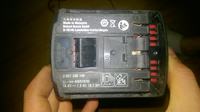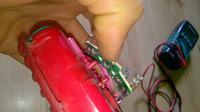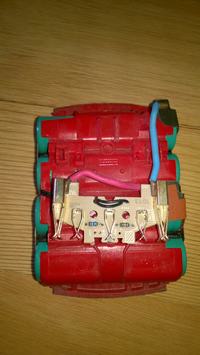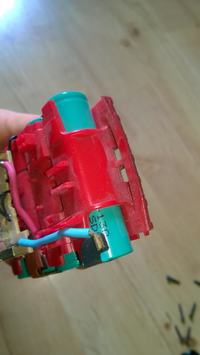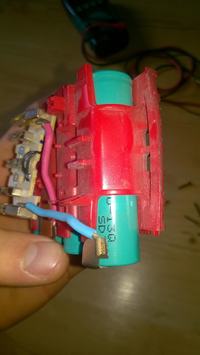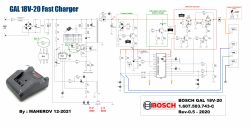Hi
I got a Bosch AL 1820 CV model charger. I want to use it for new high-current cells that I have at the moment and when the charger is successfully repaired, I will probably put them into a Hitachi screwdriver.
This charger was reportedly connected to a faulty electrical system, where there was phase-to-phase current. The 30 ? resistor, the 47 uF / 400 V capacitor and the 1.25 A slow-blow fuse were burnt.
After replacing the elements with new ones, when connected, the fuse burns and breaks the security in the house. It turns out that when there is a switch on the fuse, there is a short circuit at the 230 V input. I am a beginner in electronics, but I have a good meter and I can rather take a measurement.
I don't take pictures because you can't see anything there, but the charger looks the same as this one: Link
What else can I check, apart from the three elements that I replaced with new ones?
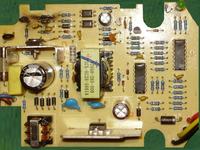
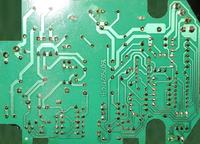
I got a Bosch AL 1820 CV model charger. I want to use it for new high-current cells that I have at the moment and when the charger is successfully repaired, I will probably put them into a Hitachi screwdriver.
This charger was reportedly connected to a faulty electrical system, where there was phase-to-phase current. The 30 ? resistor, the 47 uF / 400 V capacitor and the 1.25 A slow-blow fuse were burnt.
After replacing the elements with new ones, when connected, the fuse burns and breaks the security in the house. It turns out that when there is a switch on the fuse, there is a short circuit at the 230 V input. I am a beginner in electronics, but I have a good meter and I can rather take a measurement.
I don't take pictures because you can't see anything there, but the charger looks the same as this one: Link
What else can I check, apart from the three elements that I replaced with new ones?





